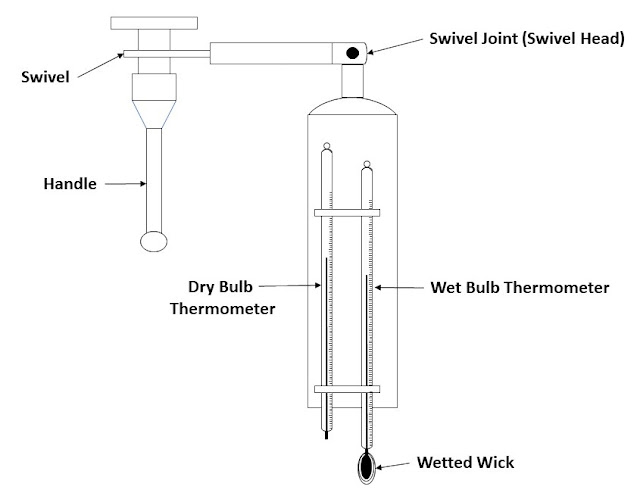Irrigation Method

Irrigation Method Overhead Irrigation Centre Pivot Irrigation Lateral Move Irrigation Micro Irrigation Overhead Irrigation Overhead irrigation is also known as sprinkler irrigation. In overhead irrigation water is applied in the form of spray or artificial rain. In overhead irrigation water loss is high. Overhead irrigation have higher evaporation rate. Overhead irrigation method is used when there is no shortage of water. In overhead irrigation power consumption is high. Center Pivot Irrigation Center pivot irrigation some time called as central pivot irrigation and also called as water wheel and circle irrigation. Centre pivot irrigation is a method of crop irrigation. Center Pivot Irrigation A device that rotates around a pivot and sprinkles water like artificial rain. In center pivot irrigation power consumption is high. Centre pivot is highly effective on large land fields. Lateral Move Irrigation Lateral move irrigation is a close cousin of the center pivot. Lateral move



